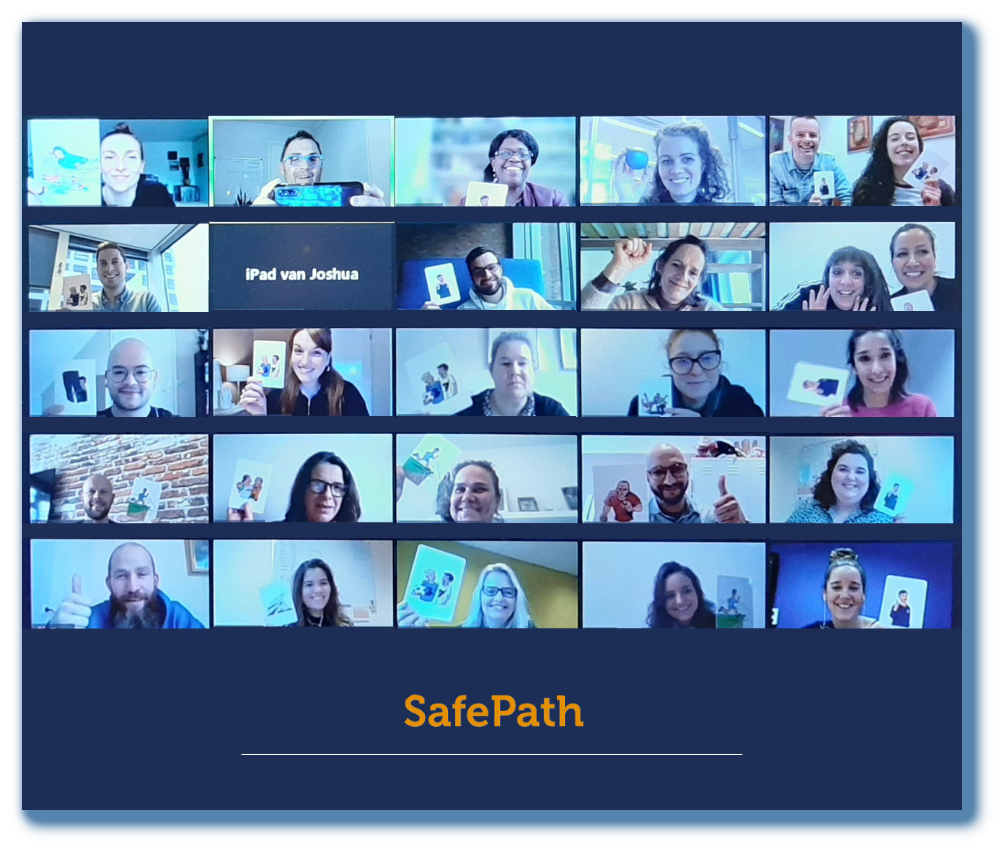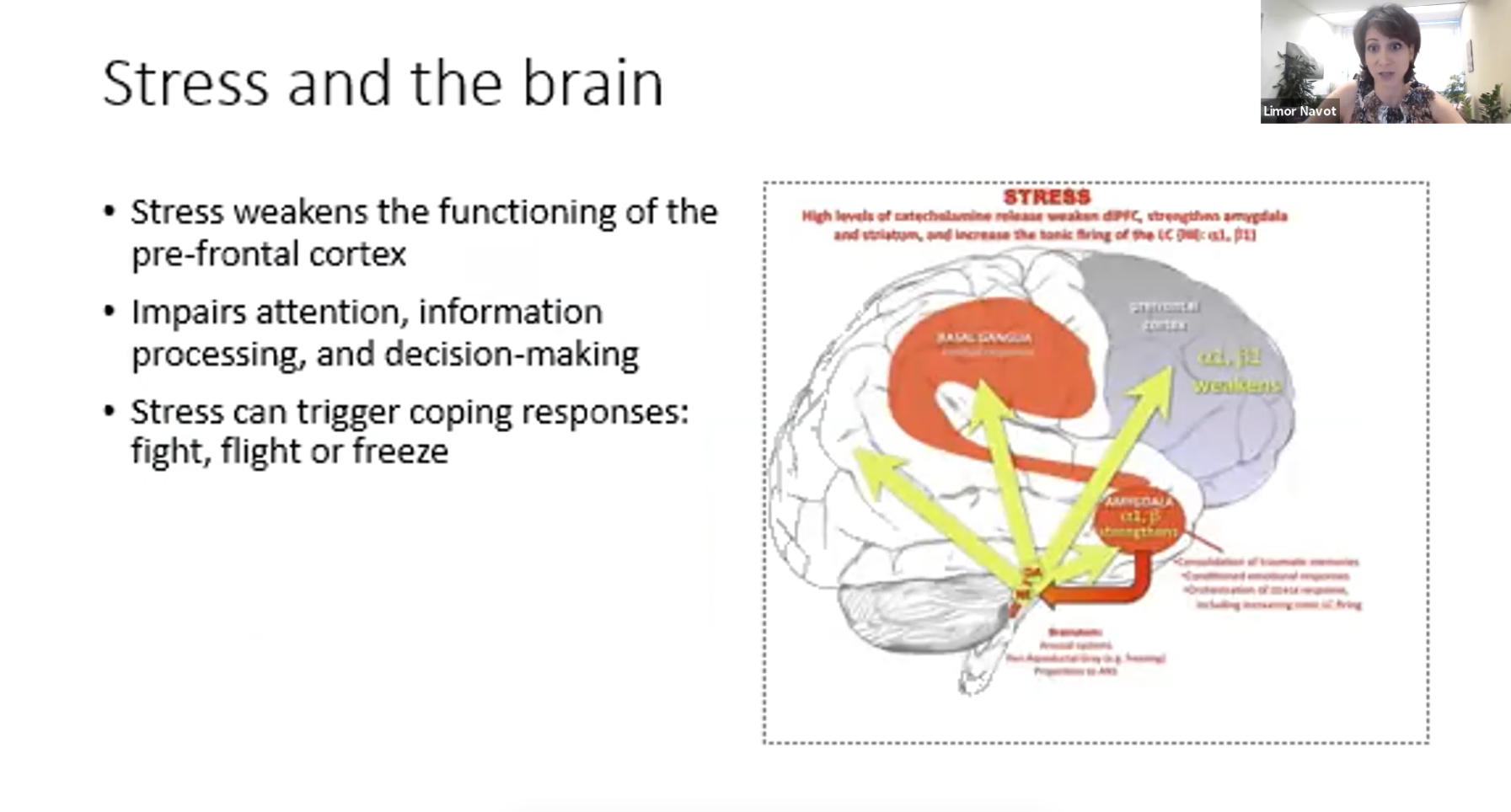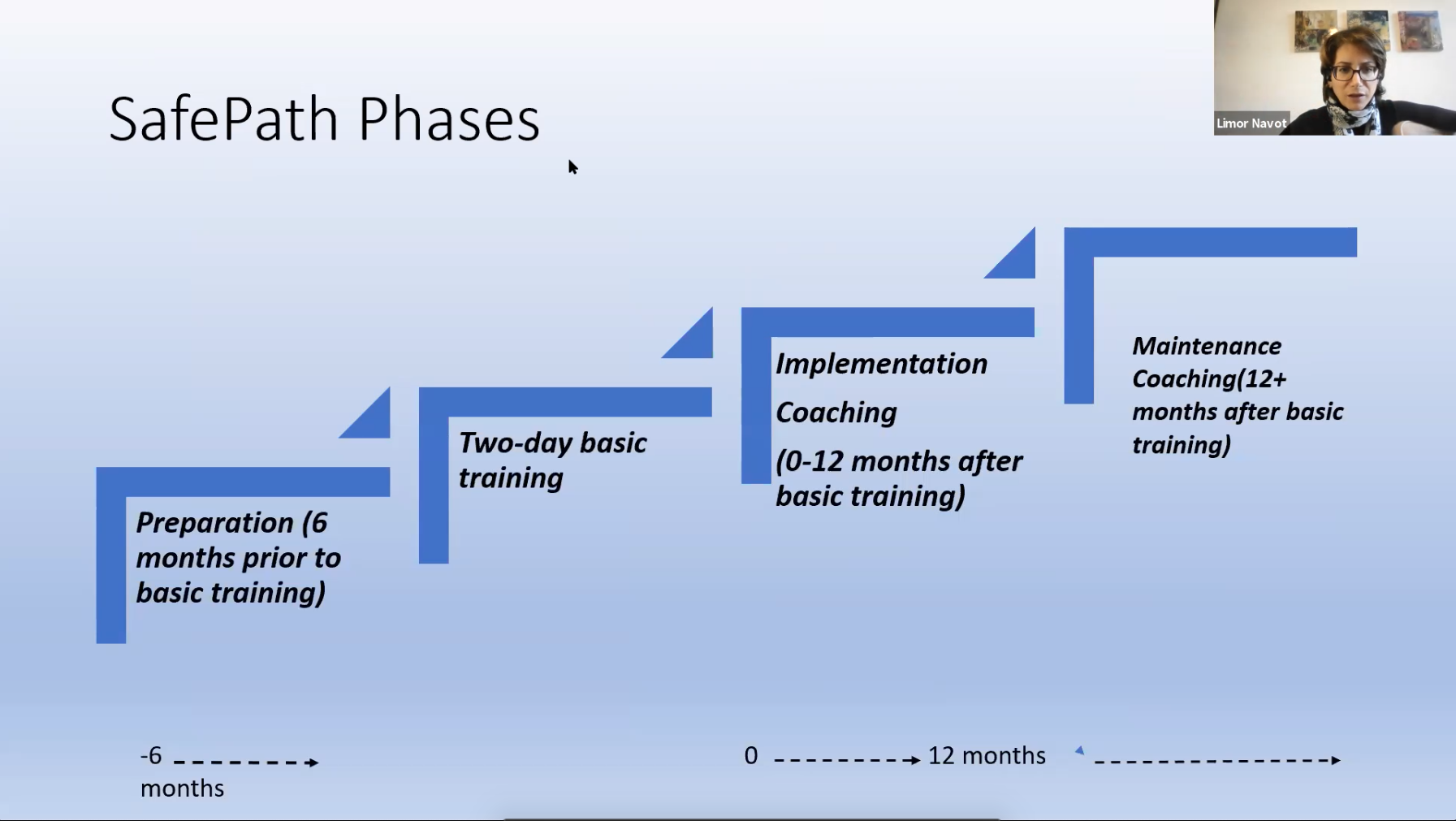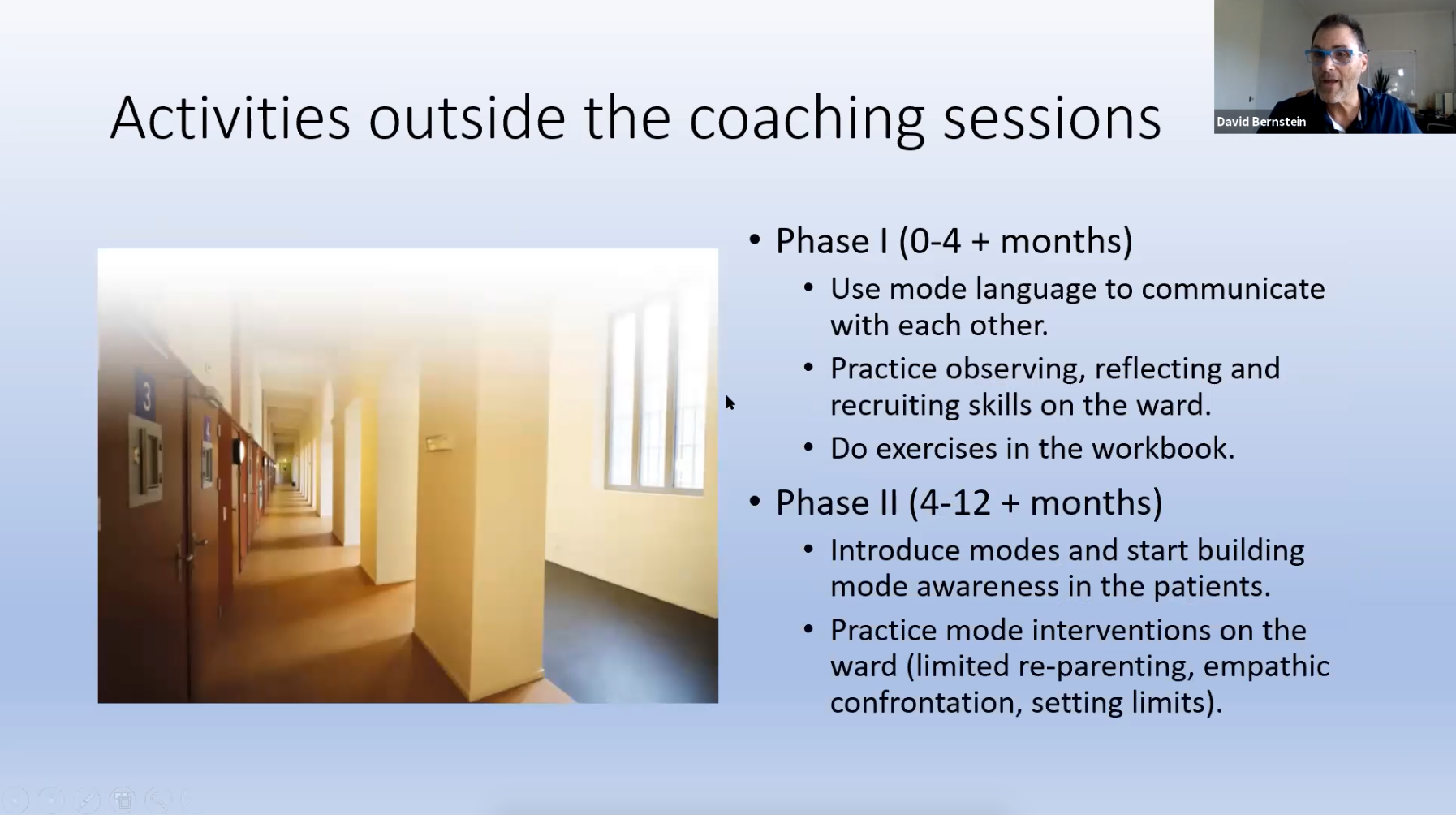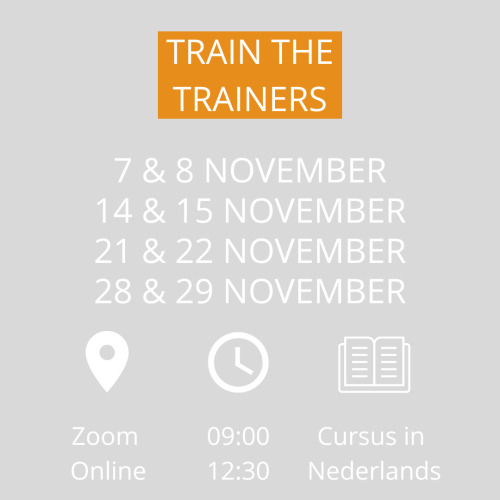Description:
- This course teaches professionals how to train and coach SafePath teams in their organizations. Graduates become certified SafePath trainers/coaches. This course includes both the Basic Training and Train-the-Trainers courses. Take advantage of our early-bird discount saving you €200,00. This discount is valid until 6/05/24.
- The Basic Training course teaches participants the basic SafePath concepts and skills and is a prerequisite for taking the SafePath Train-the-Trainers course. It uses a playful and interactive approach including demonstrations and serious games and exercises in breakout rooms. It incorporates the iModes, cards with cartoon images, that make learning about emotional states (“modes”) fun and engaging.
- The Train-the-Trainers course prepares participants to train and coach teams in their organizations in SafePath. Graduates are certified as SafePath trainers/coaches for two years, and can be recertified by taking an Advanced Train-the-Trainers course. Like the SafePath Basic Training, the Train-the-Trainers course takes a playful and interactive approach to learning, incorporating demonstrations and serious games and exercise, many of them using the iModes cards, in break out rooms (Zoom).
Format:
- 28-hour online course in English (Via Zoom)
Dates:
- 6 & 7 June 2024 (Basic Training)
- 13 & 14 June 2024 (Basic Training)
- 20 & 21 June 2024 (Train-the-Trainers)
- 27 & 28 June 2024 (Train-the-Trainers)
Times:
- 9:00-12:30 Central European Time (CET)


